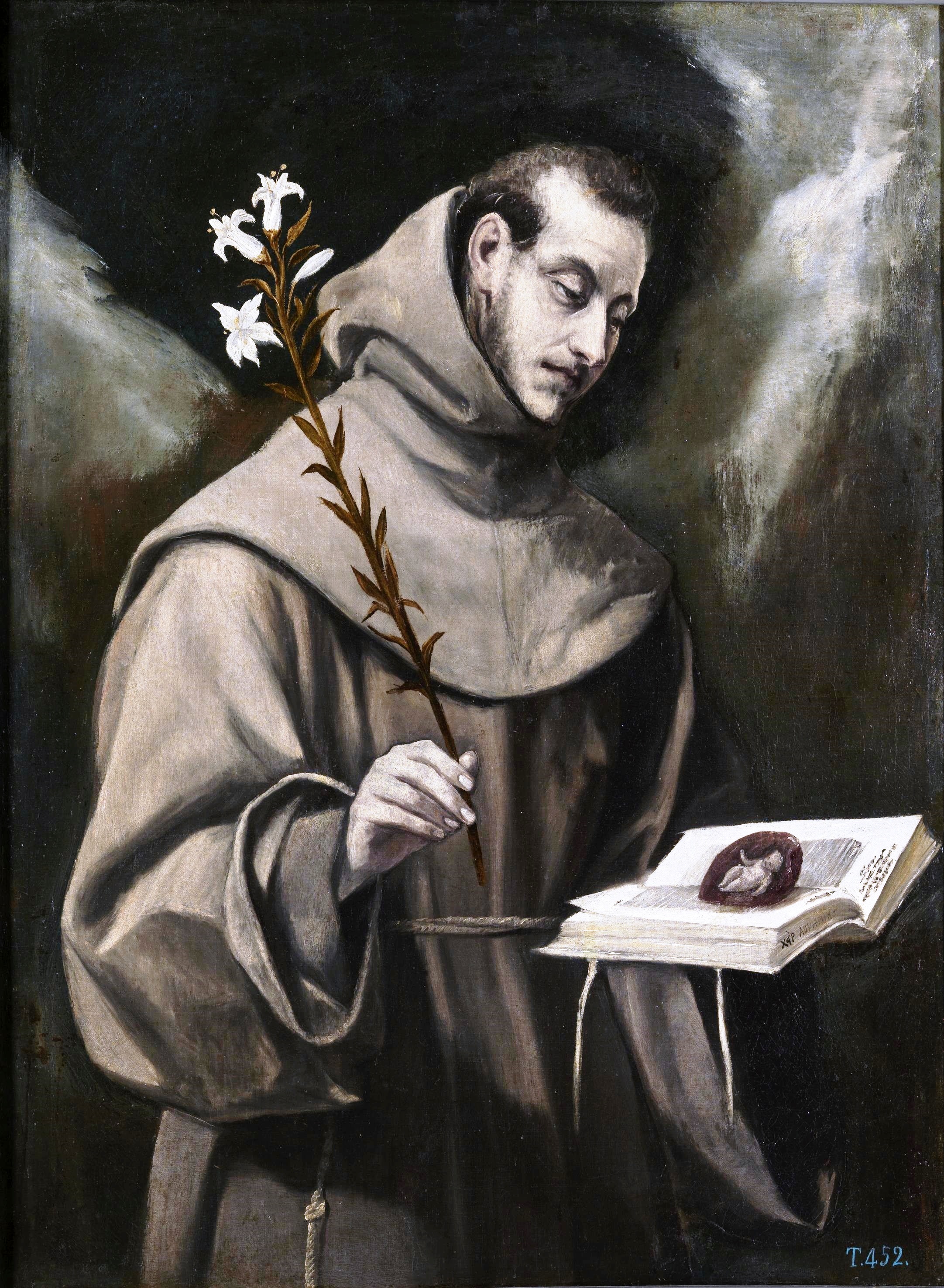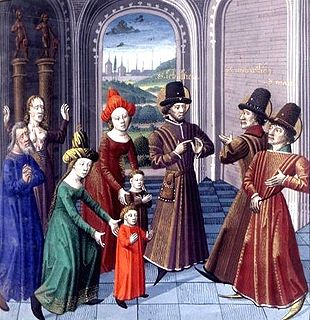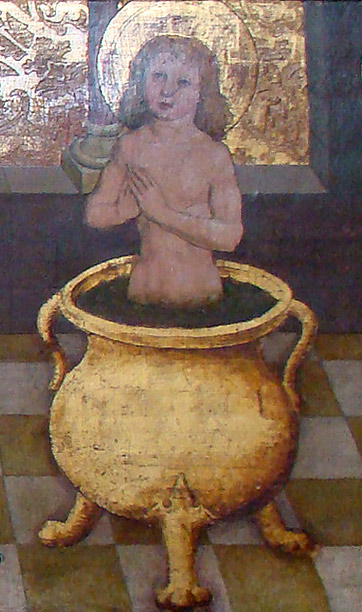 |
| El Greco |
From the readings in the Roman Office:
Ferdinand de Bullones, afterwards called Anthony, was born of decent parents at Lisbon in Portugal, on the Feast of the Assumption, in the year of grace 1195. They gave him a godly training, and while he was still a young man, he joined an Institute of Canons Regular. However, when the bodies of the five holy martyred Friars Minor, who had just suffered in Morocco for Christ's sake, were brought to Coimbra, the desire to be himself a martyr took a strong hold upon him, and in 1220 he left the Canons Regular and became a Franciscan. The same yearning led him to attempt to go among the Saracens, but he fell sick on the way, and, being obliged to turn back, the ship in which he had embarked for Spain was driven by stress of weather to Sicily.
From Sicily he came to Assisi to attend the General Chapter of his Order, and thence withdrew himself to the Hermitage of Monte Paolo near Bologna, where he gave himself up for a long while to consideration of the things of God, to fastings, and to watchings. Being afterwards ordained Priest and sent to preach the Gospel, his wisdom and fluency were very marked, and drew on him such admiration of men, that the Pope, once hearing him preach, called him The Ark of the Covenant. One of his chief points was to expend all his strength in attacking heresies, whence he gained the name of the Heretics' everlasting Hammer.
He was the first of his Order who, on account of his excellent gift of teaching, publicly lectured at Bologna on the interpretation of Holy Scripture, and directed the studies of his brethren. He traveled through many provinces. The year before his death he came to Padua, where he left some remarkable records of his holy life. After having undergone much toil for the glory of God, full of good works and miracles, he fell asleep in the Lord upon the 13th day of June, in the year of salvation 1231. Pope Gregory IX. enrolled his name among those of the Holy Confessors.






